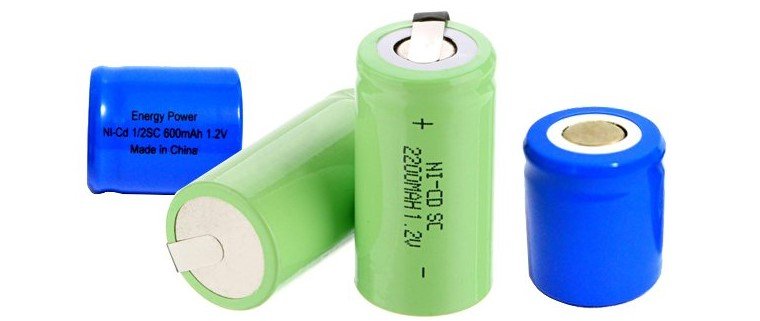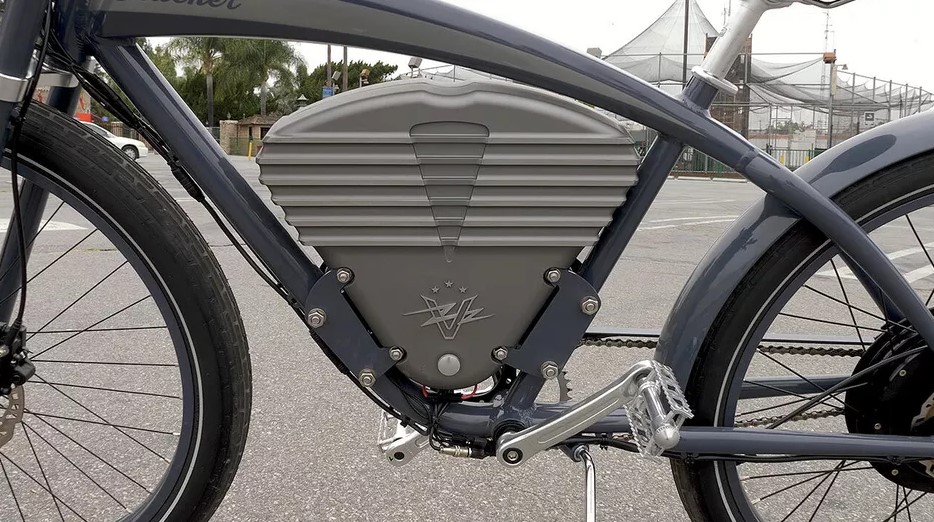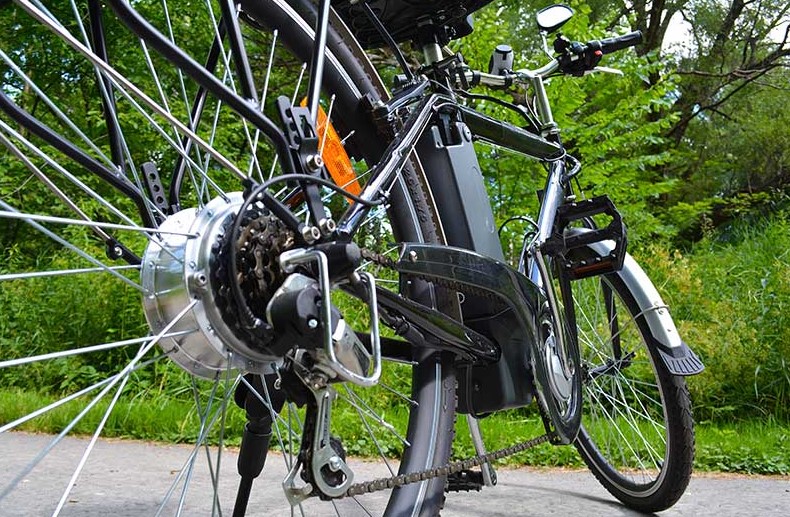There is nothing mysterious in electric bikes; it just like any other regular bikes except one. The exception is an electric bike runs on an electric motor, which helps people to pedal more efficiently. The Electric Bike Batteries Explained in this article for your convenience.
It is necessary to know the ins and outs of the electric bike’s batteries. They are the ultimate bike that can provide the best experience of riding a bike with more power and faster. With its battery power, people can ride this bike at a faster speed. Batteries are the most essential components for an electric bike.
Electric Bike Batteries Explained: A Beginner’s Guide
The right bike can ensure the best rider experience. Therefore, here are the Electric Bike Batteries Explained, along with the tips and tricks for maintenance and care.

What Type of Battery Is Used in Electric Bike
There are several batteries available that can make the most powerful electric bike. The most common batteries that are used in electric bikes include lead-acid, nickel-cadmium, nickel-metal-hydride, lithium-ion, and lithium-ion polymer. Let’s see their uses and how they work.
Lead Acid
These batteries are well known for being robust and economical for bulk application. They are very heavy-weight and less-powered density than the other battery chemistries. Lead-acid batteries are best for starter motors in cars, power backup for stationary applications, and deep cycle applications.
It is the most cost-effective and cheaper option. If you want to save money, you can get this battery but with very little power. Running electric bikes with this battery will not be a wise option. As electric bikes require more power, you may require frequent replacement with this battery.
Nickel-Cadmium
This type of battery is very rugged or strenuous, and if maintained adequately, it allows larger cycle counts. Nickel-cadmium batteries are able to charge with ultra-fast speed and have a great performance load without compromise. These types of batteries are mostly used in airlines.

The drawback of nickel-cadmium is, it comes with low-density power and a high self-discharge rate. It is designed with a memory effect that makes it discharged fully periodically. This battery is not that good for electric bikes, but it will work okay if you use it.
Nickel-Metal-Hydride
Nickel-metal-hydride battery is the better version of nickel-cadmium. This battery can hold up to 40% more charge than nickel-cadmium batteries. It is designed with a less memory effect; therefore, it doesn’t discharge fully as much.
They come with less longevity, require a complex charge algorithm, and fickle to deal with while charging. Nickel-metal-hydride batteries have high self-discharge and heat up quickly.
Lithium-Ion
One of the most popular batteries that over 90% market contains is the lithium-ion batteries. They are designed with small batterie’s clusters or packs. These batteries can efficiently hold an electrical charge and generate more power.
In addition, they come up with reduced safety and environmental risk. Lithium-ion is the best option for electric bikes. And, most of the trending electric bikes comes with Li-ion batteries. It contains a battery management system that prevents power discharging and overcharging. This battery protects the cell’s chemistry by regulating the total output.
Lithium-Ion Polymer
It is similar to lithium-ion, but you can mold this battery in any shape. The non-rigid container makes this battery less vulnerable to damage. The other things work the same as the lithium-ion batteries.
How to Charge an Electric Bike Battery?
Before putting the battery in charge, you should remove it from the bike. It ensures the most appropriate environment for the battery to recharge. Some batteries are featured with a slot for charging on the go. If your bike’s battery has LED lights, then the red light will indicate less battery power. The green LED light will indicate the battery has fully charged.

For how long you should charge the battery depends on the manufacturer’s guidelines. Always read the manual guideline before beginning the first time charge. The required charging time depends on the battery’s technology. Lead batteries take 5 or more hours for getting fully charged. A lithium-ion battery takes only 2 to 5 hours to get fully charged, and the time depends on its size.
How to Use Electric Bike Batteries
You should correctly use the batteries to increase the performance level and boost the lifespan. Never let the electric bike’s battery get fully discharged. Minimum 25% battery is required to prevent any damage. High-quality batteries are designed with sleep mode, BMS, and smart chargers.

So, when you can connect the battery with the charger, the sleep mode will automatically turn on. Smart chargers allow the charger to cut off the power while the battery reaches a certain point. To get better results and performance, you can use these features.
How to Care and Maintenance for Electric Bike Batteries
Batteries will degrade over time but with proper maintenance, they can perform for a longer period. You can do the below things to care for and maintenance for electric bike batteries.

- Handle the batteries gently and avoid knocking and excessive vibrating. These things can reduce the battery’s lifespan.
- Store them indoors at room temperatures and don’t keep them in direct sunlight.
- Too slow pedaling can create a bad impact on the battery. At least try to maintain a minimum of 50 revolutions per minute.
- As the battery gets fully charged, disconnect it immediately. It doesn’t matter how advanced technology it features with.
- To increase battery effectiveness and minimize rolling resistance ensure adequate tire pressure.
- Always lookout for the motor’s performance and ensure the components are perfectly fitted.
Wrapping Up
Electric bikes are gaining popularity due to their eco-friendliness, speed, and access. These bikes allow people to ride up hills and tackle obstacles easily. In recent years, the batteries of electric bikes have improved immeasurably. The right battery can provide 3 to 4 years of service with proper care.
Take into account the battery’s specifications that perfectly matches the motor before purchasing. This article shows the types of electric bike batteries, their uses, and maintenance. As the Electric Bike Batteries Explained specifically here now, you are more informed about the batteries. So, get your electric bike with the best-powered battery.

